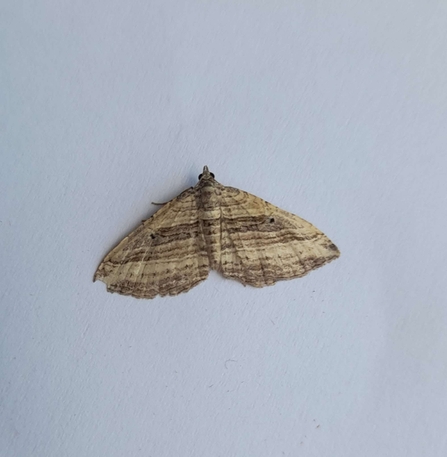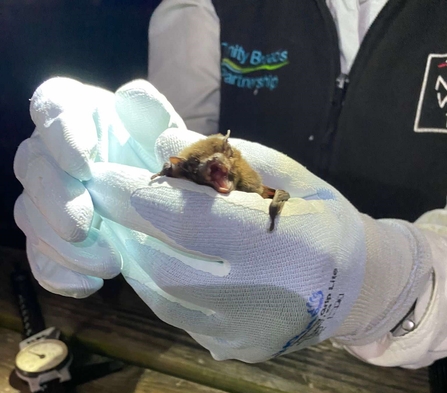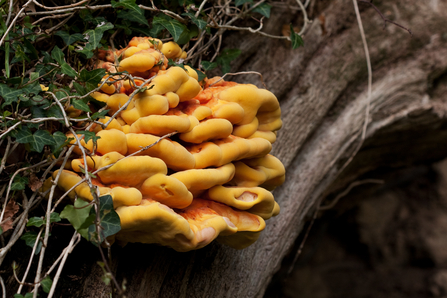At the time of writing, September has passed without any unusual weather: some sunshine, some wind and some rain. The early part of the month saw assertive north-easterly winds blow in. If, as happened, they suddenly drop-off to allow an early morning sea fret to form, it can result in a ‘fall’ of migrant birds, and the North Norfolk coast is renowned for these events. The coastal bushes and scrubs at NWT Holme Dunes can be festooned with unusual birds, an avian Christmas tree bedecked with all manner of warblers, pied flycatchers and black redstarts. Holme alone (pun intended) counted a number of continental imports this September, including icterine warbler, greenish warbler, yellow-browed warbler, red-breasted flycatcher and wryneck.
Sea-watching can be equally fruitful with the various sea duck species and the likes of shearwater pushed close to the shore by the wind. I recall, some years ago, after a storm had blown through from the north-east, finding a little auk swimming around in a gravel pit at Snettisham. These birds breed in the high Arctic and spend the winter far out at sea. This little penguin like bird, paddling around in its tiny dinner jacket, was no doubt doomed. After stormy weather individuals have been found, lost and lonely, on inland marshes mixed with flocks of starling.
October is when rarity hunting birdwatchers really start to twitch. Any manner of unusual migrant birds – from as far as Siberia or North America – can turn up, and like a Martini cocktail, anytime, anyplace, anywhere. The internet has allowed information on rarities and their location to travel fast and a ‘mega’ can find hundreds of birdwatchers descend within hours. Of course, prior to text and WhatsApp, there were pagers, and in the eighties – birdwatching phonelines. Those of us of vintage recall having to rely on our bird news from the noticeboard in the old café at the end of the beach road at Cley.




